Group Members
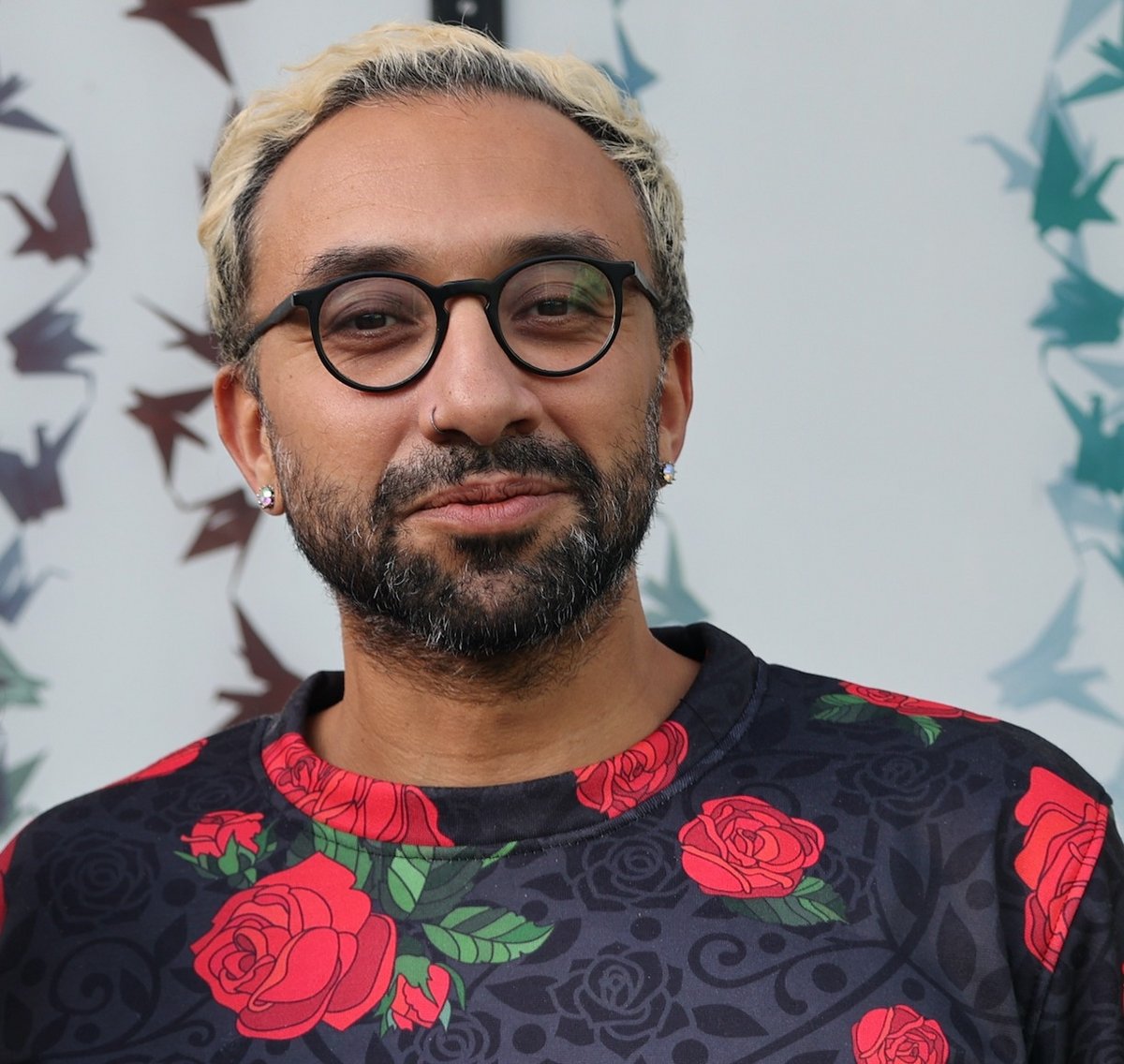
Ahmed El Hady:
He is a principal investigator and a group leader at the Cluster of Excellence Centre for the Advanced Study of Collective Behaviour. He holds a PhD in neurosciences from the University of Göttingen, where he worked at the Max Planck Institute for Dynamics and Self organization studying theoretical analysis of in-vivo neural activity. He did his postdoctoral work at the Princeton Neuroscience Institute studying decision-making in rats and social vocalization in non-human primates. In Konstanz, he is working on a variety of problems explained in the research part of the website. His central passion is quantitative understanding of biophysical phenomena, from action potentials to natural behaviours. For a detailed resume, please check his CV.
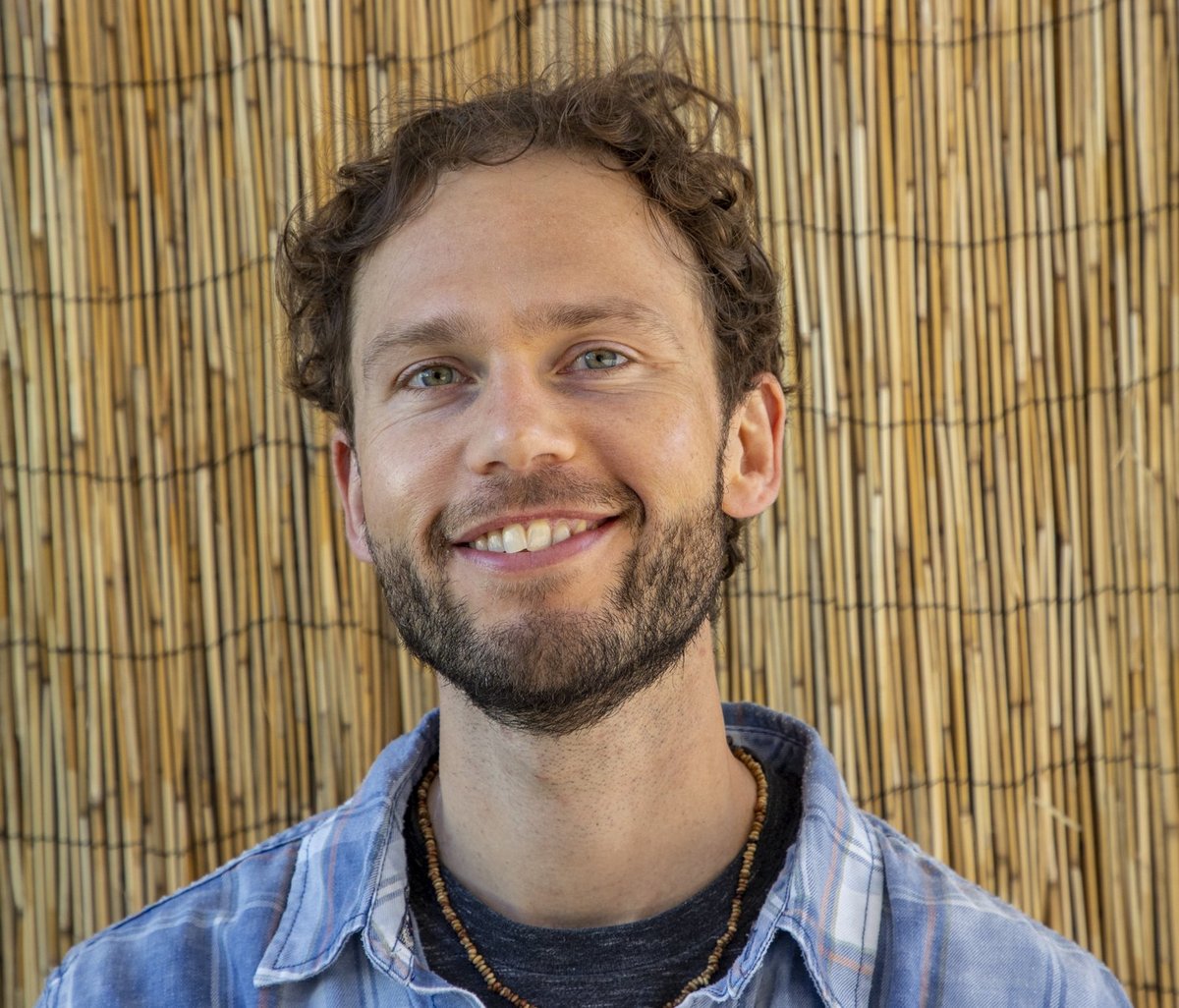
Jacob Davidson:
He is a senior scientist and a long standing collaborator of Ahmed Elhady. Together, they have worked on a variety of problems to understand foundational aspects of ( social ) foraging. He is currently a researcher at FU Berlin and a visiting scientist at the Max Planck Institute of Animal Behavior (Konstanz, Germany). In his research, he leads modeling and analysis in a number of collaborative projects involving different animals – these include honey bees, zebrafish, guppies, nematode worms, and rats. Jacob has a PhD in Aerospace Engineering from the University of Michigan, and has held research positions at UC Davis, Princeton, and MPI-Animal Behavior. In addition to research endeavors, Jacob has been an active member of the Max Planck PostdocNet, serving as a working group co-leader to support structures that promote equity and diversity in science. For more about his background, please check his website.
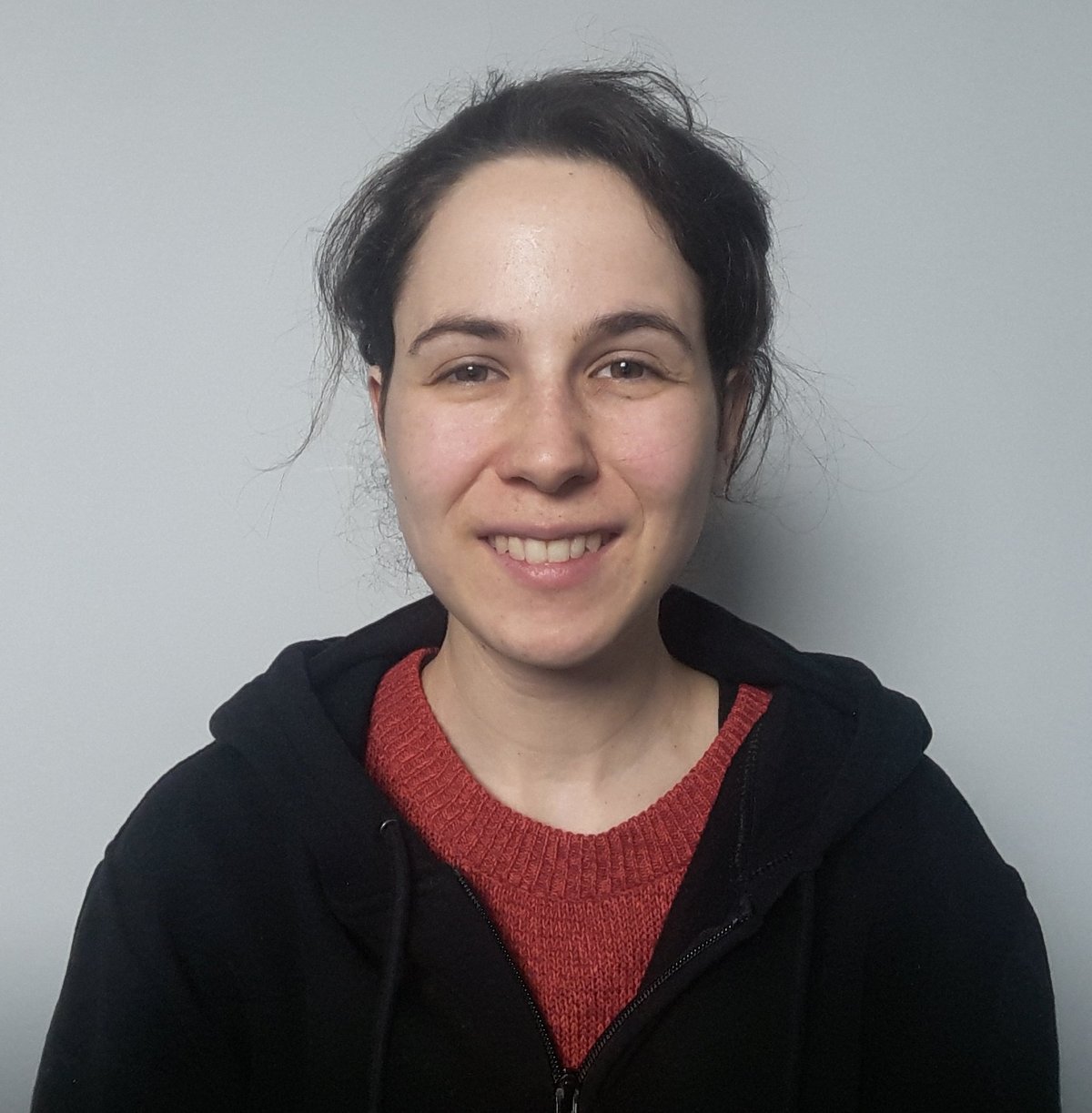
Lisa Blum-Moyse:
She is a postdoctoral fellow at the Cluster of Excellence Centre for the Advanced Study of Collective Behaviour. During her PhD in computational neuroscience at the INRIA Lyon Center, she developed several models using dynamical systems for the input-timing-dependent plasticity at cortico- and thalamostriatal synapses, the modulation of neuronal collective behaviours by astrocytes (Up-Down synchronization and epileptic seizures), and the system's memory consolidation. Her current research interests focus on the impact of interpersonal differences on emotional contagion, using a drift-diffusion modelling approach. The development of this theoretical framework would be held in close relationship with empirical data at different scales: individual, dyad, and group.
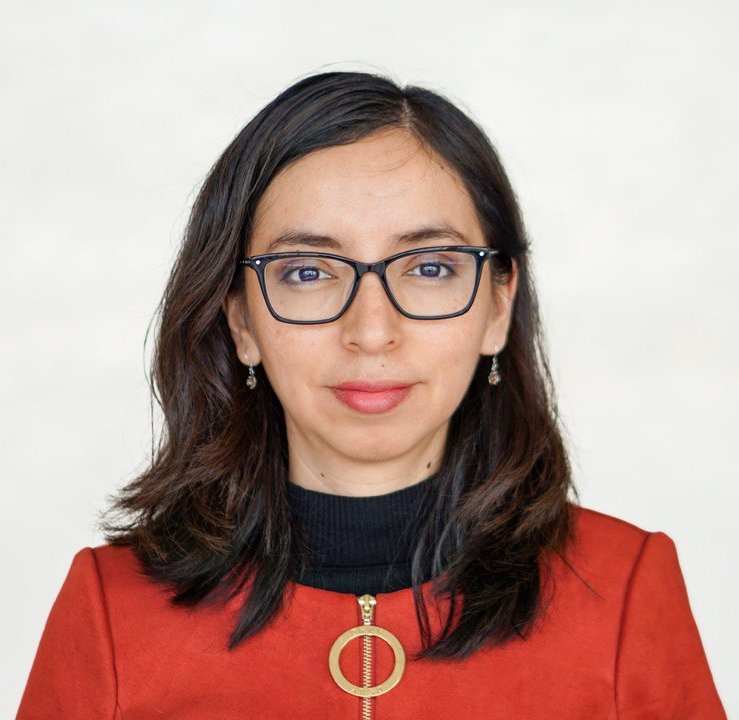
Norma Citlalcue Perez:
She is a Scientific Computing Associate at HHMI - Janelia Research Campus. Her field of research involves the development of mathematical models of biological systems, focused on the application of nonlinear dynamics to cell signaling, calcium signaling, and physiology. The overarching goal of her research is to analyze, integrate, and interpret biological data. She holds a PhD in Biomedical Engineering and Physics from Cinvestav, Mexico where she worked with compartmentalized reaction network models to understand the transfer of calcium ions between cellular compartments. She did a postdoctoral stay at BioQuant, Heidelberg University where she developed a computational model that helps to understand how the homeostasis of calcium is kept in the trans-Golgi Network. She also did a postdoctoral stay at Purdue University where she tested a calcium imaging analysis pipeline to extract calcium traces from different tissues.
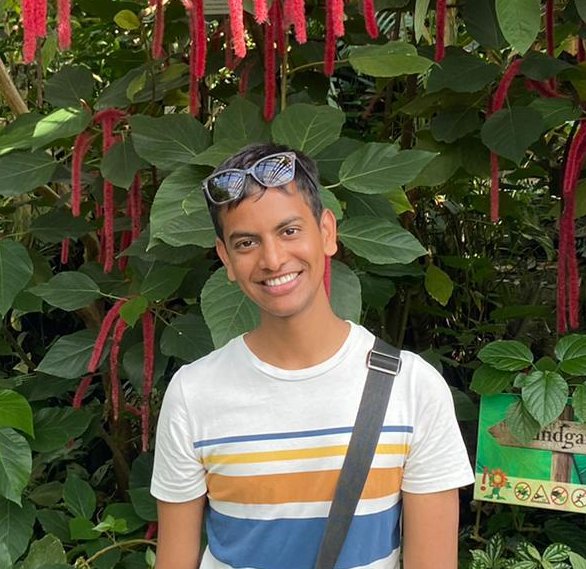
Madhansai Narisetty:
She is a graduate student of the International Max Planck Research School for Quantitative Behaviour, Ecology and Evolution (IMPRS-QBEE) in Konstanz, Germany. Maddy is interested in long-term comparative studies of the social behaviours in desert locusts and rats, and has a strong interest in molecular markers behind such behaviours. In her leisure, she admires and explores stories of the historical architecture of buildings in Europe.
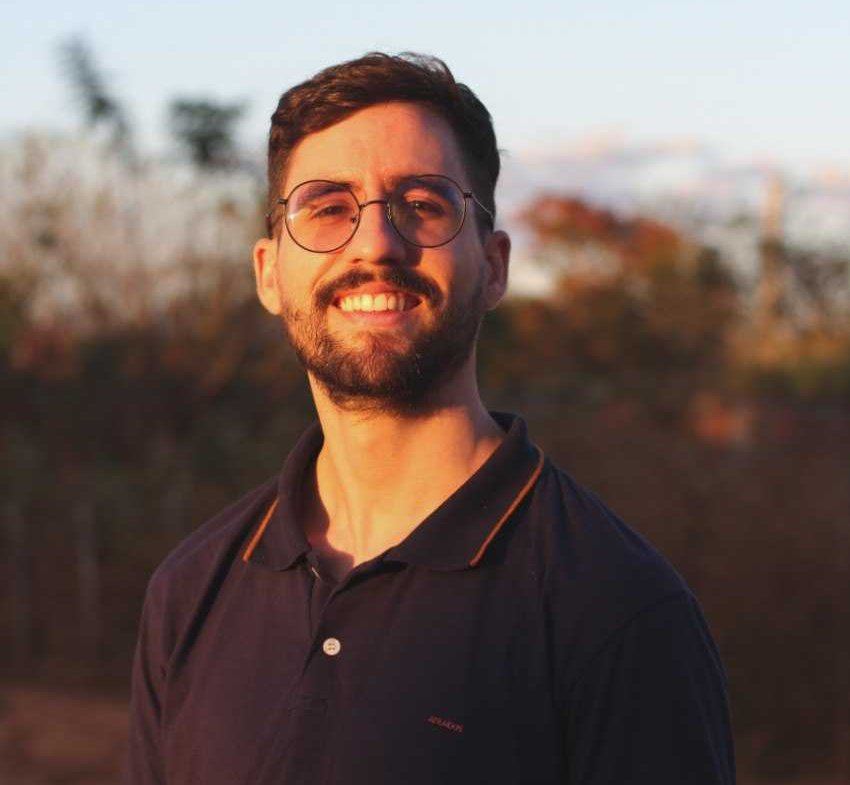
Paulo Henrique:
He is a doctoral student co-supervised by Daniel Takahashi (Natal Brain Institute, Natal, Brazil). He is a computer scientist with interest in developing tracking and analysis methods for animal foraging, with a special emphasis on marmoset monkeys.
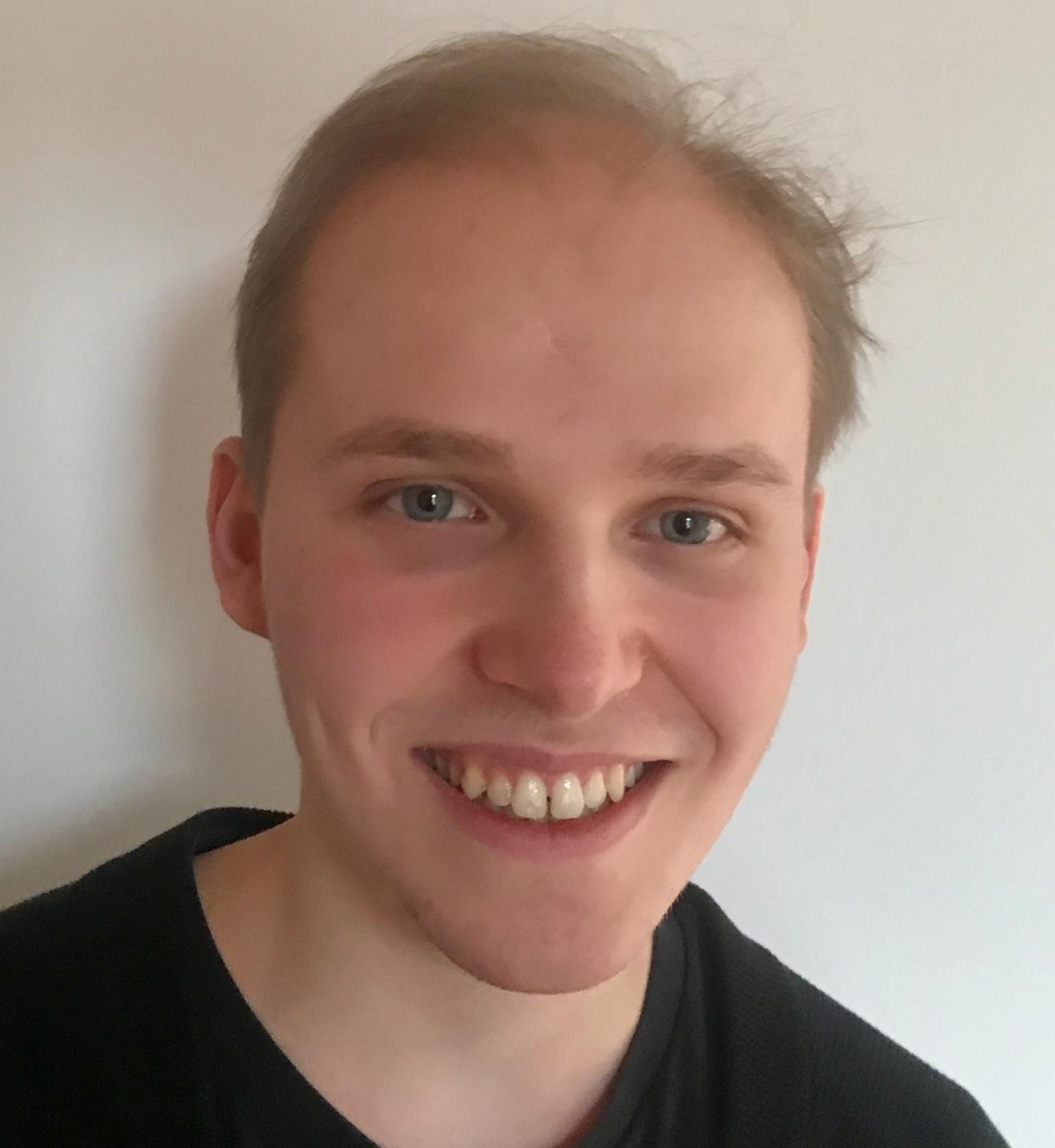
Emil Koch:
Emil graduated with the German Abitur in 2022. Ever since, he has taken on roles and engaged in various activities. He became the Vice President of The ActiveYouth, a student organization involved in climate activism. Additionally, he has published a literature review on autism hyper- and hyposensitivities in IMPULSE: The Premier Undergraduate Neuroscience Journal. In the summer of 2023, he then had the chance to delve deeper into locust crowding behaviour at the Cluster of Excellence Centre for Advanced Study of Collective Behaviour and is excited about the continuation in 2024. Aside from research, Emil advocates for neurodiversity, writes short stories, and plays table tennis outside if the weather allows.
